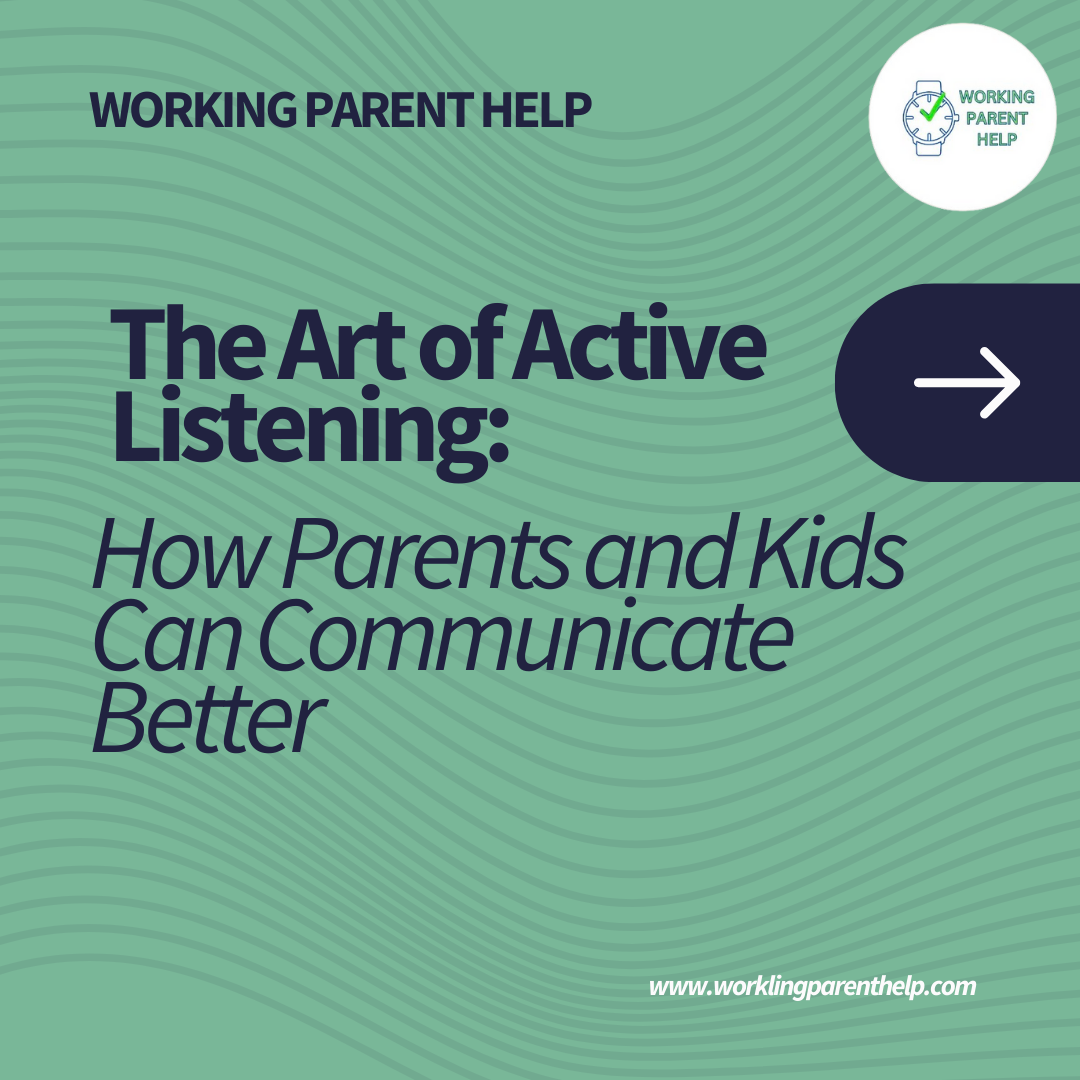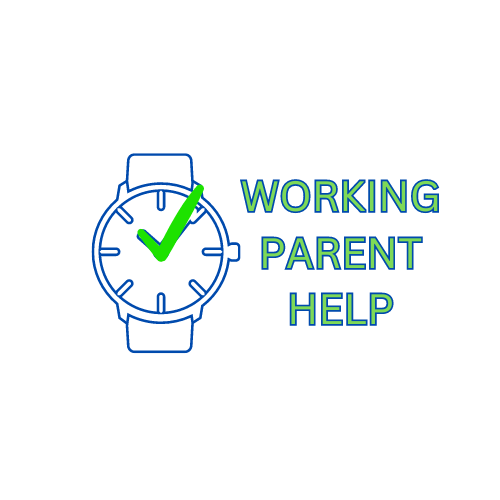
The Art of Active Listening: How Parents and Kids Can Communicate Better
In the whirlwind of school drop-offs, after-school activities, and the never-ending quest to find a missing sock, parents often find themselves multitasking more than a circus juggler. But when it comes to communication, especially with your kids, the best trick isn’t multitasking—it’s active listening.
Active listening is more than just hearing words; it’s about engaging, understanding, and responding in a way that makes your child feel valued. So, how can busy parents master this art without feeling like they need a PhD in child psychology? Let’s break it down—with a sprinkle of humor and some handy tools to make your life easier!
1. Give Your Full Attention (Yes, That Means Putting the Phone Down)
Ever had a conversation with someone who was more invested in their phone than in what you were saying? Annoying, right? Now imagine how your child feels when you respond with a distracted “Uh-huh” while scrolling through emails.
To truly listen, give your child undivided attention—eye contact, nodding, and all. A great way to stay organized and free from distractions is to declutter your space. A tidy environment means fewer distractions, making it easier to focus. Check out the Doll Storage Bucket to keep all those plushies and toys in one place instead of underfoot during your deep convos!
2. Validate Their Feelings (Even When They’re About the End of Snack Time)
Sometimes kids just want to be heard. Whether they’re upset that their favorite cartoon ended or feeling nervous about a test, validating their emotions helps them feel understood. Instead of dismissing their concerns with “Oh, you’ll be fine,” try saying, “That sounds frustrating. Do you want to talk about it?”
Showing empathy encourages open conversations, and before you know it, your child will feel comfortable sharing even the big stuff with you.
3. Ask Open-Ended Questions (And Brace for the Floodgates to Open)
Instead of the classic “Did you have a good day?”—which almost always gets a one-word response—ask, “What was the funniest thing that happened today?” or “Tell me about something that surprised you.” Open-ended questions encourage more detailed answers and help your child practice expressing their thoughts.
And while you’re at it, make car rides more comfortable for these deep discussions with the SafeBelt Universal Anti-Neck Car Seat Protector. That way, they can chat away without the distraction of an uncomfortable seat belt digging into their shoulder!
4. Reflect and Rephrase (So They Know You’re Actually Listening)
Kids can tell when you’re truly listening versus when you’re just waiting for your turn to speak. Instead of jumping to give advice (which, let’s be honest, they won’t always take), try repeating what they say in your own words.
For example, if your child says, “I feel like my friend was ignoring me today,” instead of responding with, “I’m sure they weren’t,” try: “It sounds like you felt left out today. That must’ve been hard.” This small change makes them feel heard and encourages them to open up even more.
Bonus tip: Keep your car clutter-free with the SpaceMax Backseat Storage Organizer. Because nothing kills a heart-to-heart like an avalanche of forgotten toys and snack wrappers!
5. Stay Calm and Present (Even When the Story Goes on Forever... and Ever...)
Kids have a knack for turning a five-second event into a 30-minute monologue—complete with reenactments and sound effects. While your inner voice might be screaming, “Get to the point!” try practicing patience and presence. Even if the story involves an imaginary dragon and a missing shoelace, listening shows them that their thoughts matter.
And if their storytelling marathon happens in the car, make sure they’re comfy with the SnugBelt Auto Shoulder Support Pillow. It’s perfect for keeping them cozy while they talk your ear off.
Conclusion: Let’s Keep the Conversation Going!
Active listening takes practice, but the more you do it, the more your kids will trust you with their thoughts, feelings, and wildest schoolyard adventures. And that’s what parenting is all about—being the person they feel safe talking to, whether they’re 5 or 15.
Now, it’s your turn! What’s the funniest, longest, or most unexpected conversation you’ve had with your child? Share your story in the comments or check out our other parenting tips for more ways to make life easier (and more fun)!
